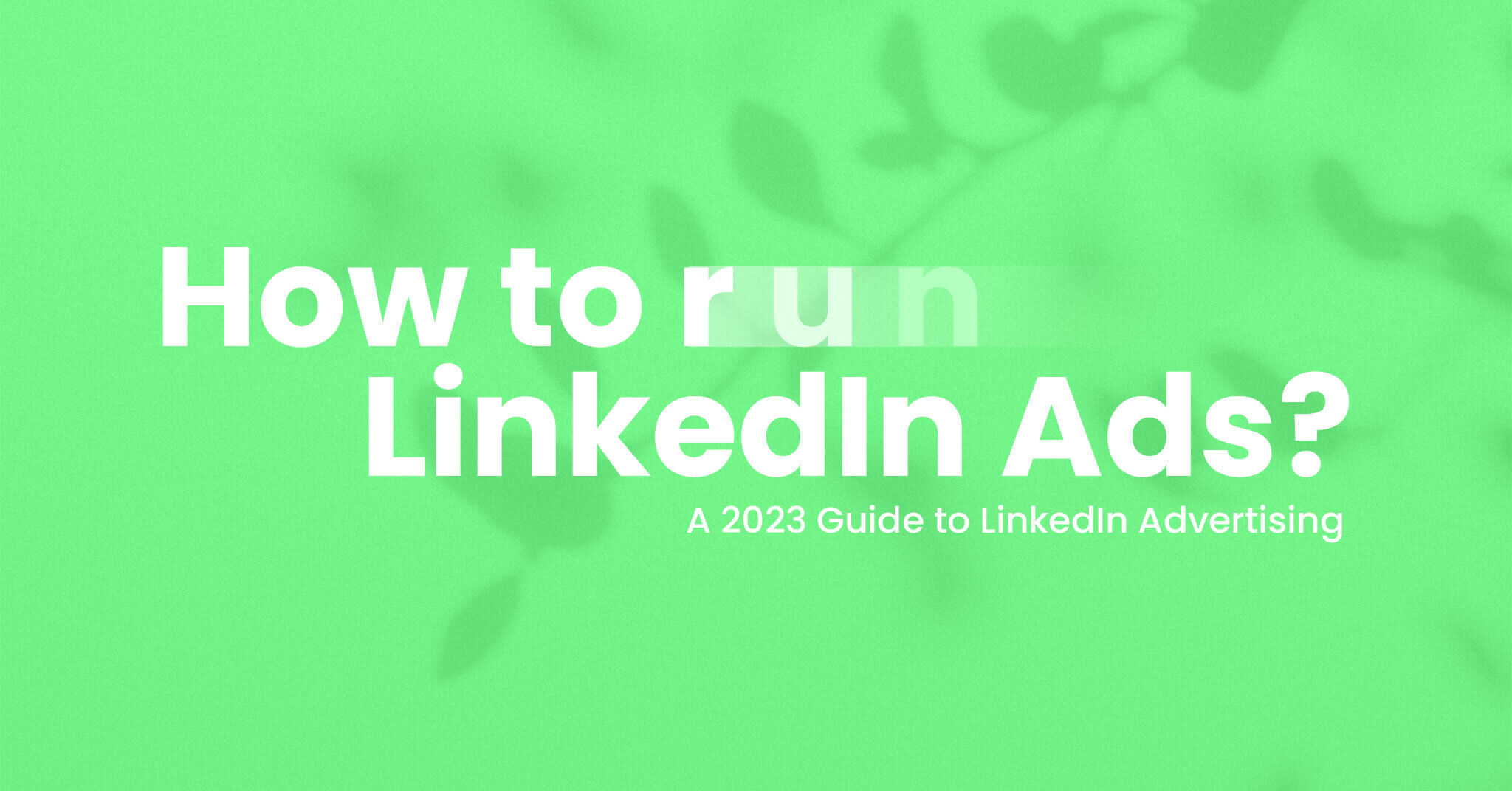Helpful Content Update – some tips & conclusions a few weeks after the implementation
Finally, it’s happened: the implementation is complete, and emotions have died down. I guess it's time to draw conclusions and get back to work. The Helpful Content Update rocked the SEO world, but did it actually make any difference? Or is it just a delay-action bomb? I have compiled everything you need to know about the latest Google update in this article.
- Choosing a technology partner takes time
- What happens most of the time?
- Lots of clicks mean lots of costs...
- But lots of costs don't always mean lots of transactions...
- Lead nurturing strategy as a solution
Helpful Content Update in a nutshell
Long story short: the loudly-announced Google update was finally implemented on September 9, 2022. The immediate goal was to improve search results for users by introducing a new ranking factor that rewards websites with high-quality content. Its characteristic is that it evaluates entire websites, not just individual pages. The assumption is that the direct effect of the helpful content update will be, of course, a decrease in the visibility of domains with low-quality content. Currently, it affects only English content, but it will have a global impact in the future.
What has changed?
As I said, Google announced the Helpful Content Update as a game changer, but its impact on search results was minor. That's why SEO specialists, prepared for the revolution, were disappointed. But in my opinion, Google implemented what it’d announced earlier, i.e., just a new ranking factor, nothing more, nothing less. There are many ranking factors, and no one except Google employees knows their number. So, it was only to be expected that one extra factor would not turn the search results upside down.
But, we must remember that the AI model will assess the usefulness of the content in the search results, and it will get better at it. Over time, this may lead to greater swaying in positions.
Google is not done yet
Of course, I agree with the general opinion of SEO specialists that the most significant change after the Helpful Content Update was the information it'd been implemented. But (!), as with all such modifications, they won't show any effects in a week or a month. It's always a gradual process. Yet, if we don't take this update seriously now, it may turn out that there is nothing left to fight for later. Taking this update for granted may lull us into complacency, and the next thing we know, our competition has shot up in rankings.
So, in line with the saying "Content is king," we should at least adapt to the new guidelines to some extent. It is always advisable to use common sense, especially since the new ranking factor applies to entire domains. In practice, the content written only for SEO will kill the visibility of even valuable and unique subpages. And the cost of making up for losses can be pretty high.
What exactly does Google expect?
To benefit from the latest update, Google advises: do not write your content for search engines. This is especially true since Google has warned for years against stuffing content with keywords and using black-hat SEO tactics. In this case, however, the requirements are more specific and expressed in questions – you can find them on the Google Search Central Blog.
To sum up, helpful content is content that:
As you probably know, these factors are difficult to measure, so you should evaluate the domain's content honestly. If the text is written exclusively for SEO, don't try to convince yourself of the opposite. Google will be able to catch you out, and users won't read it. So everyone loses, including your domain.
Where to start?
First of all, you should analyze your website-wide content and deal with those written with SEO in mind. I would bet on fewer keywords in the headings for greater usability. I would also give up on writing too lengthily and focus on specifics instead (especially since Google itself admits that the length of the text has no bearing on its quality). Besides, text walls ruin the UX.
I think the Helpful Content Update's implementation is an excellent opportunity to revise your strategy and the target group's needs. I wouldn't suggest a global modification of content right away (especially in the case of subpages that have already gained high positions). Instead, I would focus on improving new content. Changing your mindset and putting the user's interests first would be best. Once you've developed a new strategy for creating helpful content, optimize the existing content that requires tweaking and observe the results.
Remember to use the following rules:
The user is your friend, so create user-friendly content
You don't have to give up keywords to write helpful content for the user. On the contrary, the keywords' intention helps us understand the user's needs and respond to them accordingly, (but!) treat them as specific points on the map, not the whole map. In short, when creating a new text, you can follow the steps below:
- Identify your writing goals (will it be content for a product card or a blog post?),
- Remember about user intent! Write down why users enter specific phrases in the search engine and how you can help them with your text,
- Analyze the search results for the keywords you are interested in – discover how content from domains with high positions is created. What questions does it answer? What is its structure?
- Outline the entire text – the primary information you want to include.
Be an expert
Write about topics you specialize in. This way, you can be sure that your text is helpful to the user. It's easy to recognize an article written by an expert from one written by a layman who only gets information from the Internet. Your articles are valuable when you draw on your own experience and demonstrate first-hand knowledge. You can make even a rehashed article unique and valuable if you add your own observations, such as when creating an evergreen article.
Focus on your niche
Build your authority in the eyes of Google in your area. Let's say you sell pet supplies. Build extensive articles on selecting a dog harness or which fish can be placed together in the aquarium. Maybe you have a beauty salon? You can create content that explains how to choose the right cosmetic according to skin type. Do you understand what I mean? Focus on what's in your field. Nobody is an expert on everything.
Remember about the accurate structure
We were all in a situation where we quickly searched for some information on Google, went to the selected page, and there was a wall of text. Frustrating, isn't it? Especially if we want to find out, for example, how much time it takes to cook pasta, and instead of a quick answer, we find the entire history and types of pasta. This was not what we were looking for as users. Keep this in mind when writing your next article.
What to do with existing content?
Okay, this may sound boring, but really: IT DEPENDS. :) With a larger website, I would suggest a detailed content audit; with a smaller one, it is enough to select the weakest content – verify its positions and optimize if needed. I would be careful with changing the content on subpages with high positions to avoid losing the achieved results in the process.
You must remember that the algorithms will evaluate your domain globally, so you should determine the proportion during the analysis – what is the ratio of useful content to useless content on the website? You need to know this because too much weak content can affect the position of even those subpages where the content is outstanding.
How to optimize existing content?
You don't have to delete SEO-rich text. Sometimes the best way to optimize is...to de-optimize. Too many keywords? Replace them with synonyms. Walls of text? Delete them if unnecessary, or break them down into smaller sections to make them easier to skim.
However, you have to be careful, especially in the case of subpages with high positions. Here, I would recommend updating the text by expanding it with new information. Otherwise, you can expose your site to decreases.
A few words of summary
Any updates to Google's algorithms have shown us that the user experience comes first. There's good news and bad news. Good, because we are users ourselves, any improvements will allow us to use the search engine more comfortably and efficiently. Bad news because any changes always carry some risk to the business.
In my opinion, the role of SEO specialists is to respond to these trends and prepare a strategy that will be business effective and user-friendly. I think that we will be convinced of the effects of the last update long after its implementation. Therefore, it is best to start working on it as soon as possible based on the new guidelines if you have not already done so.
.jpg?width=1728&height=972&name=Group%2022%20(1).jpg)





